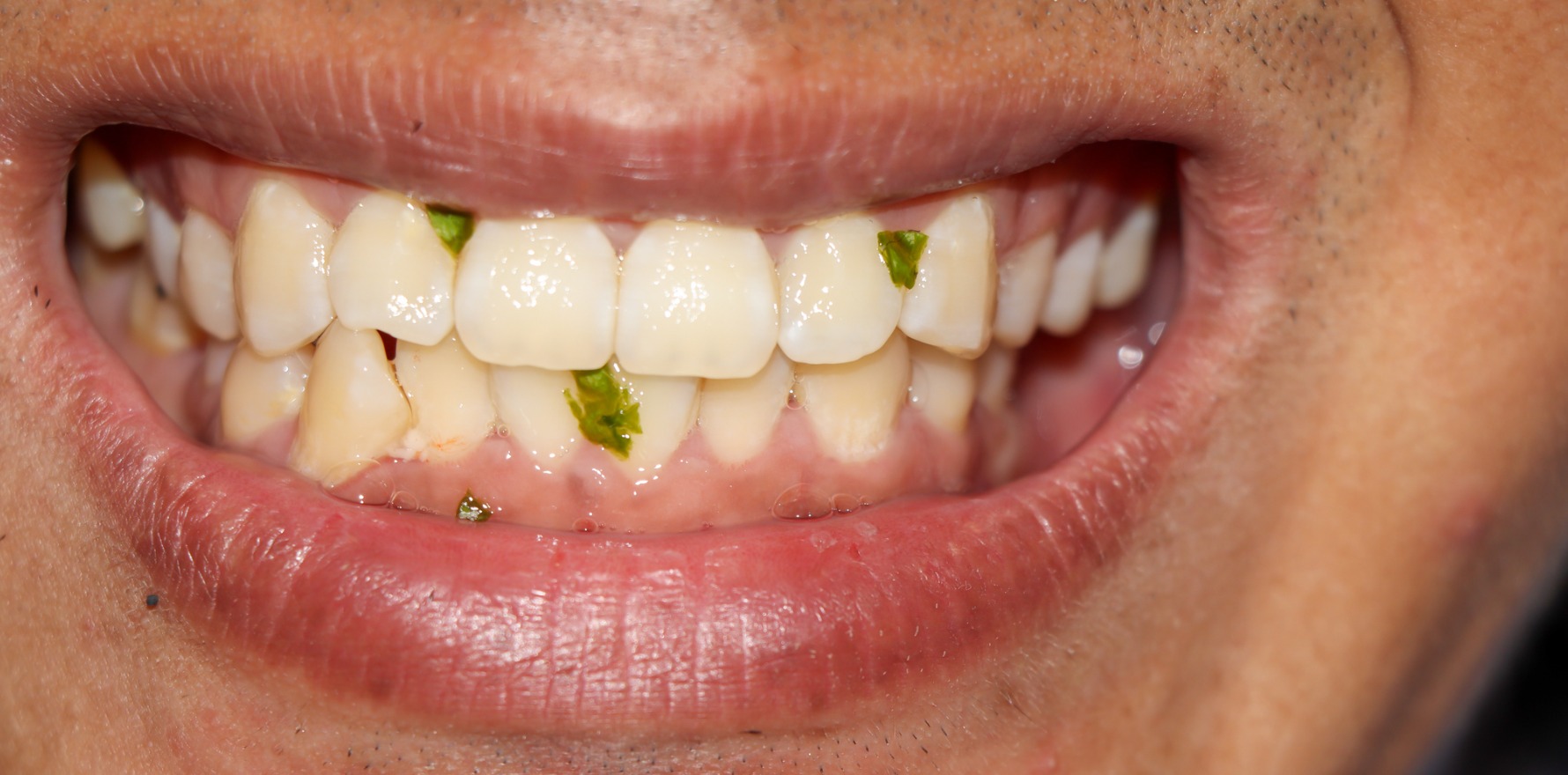The move to reclassify some metropolitan, coastal locations as Distribution Priority Areas is baffling GPs and rural generalists.
Rural and remote practices will be disadvantaged by the government’s decision to make places like Noosa and Surfers Paradise eligible to recruit overseas-trained doctors, GPs from all walks are warning.
As reported in The Medical Republic earlier this week, the federal government recently opted to adjust Modified Monash Model and Distribution Priority Area classifications on a “no losers” basis.
Areas that became more rural or were deemed to have a GP workforce shortage had their rurality increased on the Modified Monash scale or were upgraded to DPA status, but areas that became less rural or that may have resolved workforce shortages kept their classifications.
Some of the areas that now qualify as DPA – i.e. have the power to attract international medical graduates serving out their 10-year rural moratorium – include popular coastal Queensland tourist destinations Surfers Paradise and Noosa.
“It’s ridiculous to believe that these very metropolitan, very coastal locations [qualify] … there should be a reasonable degree of embarrassment on the allocation of those areas as DPA,” ACRRM president Dr Rod Martin told The Medical Republic.
During the last election, one of Labor’s health pledges was to loosen the criteria governing DPAs to encompass all MM2 areas and above, as well as some MM1 areas.
It delivered on this promise in July 2022; in the following 12 months, 73 internationally trained doctors moved from an MM3-7 area to an MM2 area, up from around 40 in previous years.
Dr Martin said the incoming changes were discouraging, especially as interest in rural medicine starts to bounce back.
“We predicted this [in 2021] when all of the DPA changes were touted to come, and people fairly rapidly moved to ostensibly outer metropolitan areas – you could see the tall buildings in the city from where you were practising,” he said.
“The same thing is going to happen again.
“We’ll see more and more people that might have been staying in rural and regional areas moving back because the rules allow them to.”
Australia is currently short about 2400 fulltime equivalent GPs, with that figure likely to surpass 4000 FTE by 2030.
Dr Martin acknowledged that the DPA system was not perfect and that it would be preferable to have an incentive for doctors to work rurally, rather than a mandate.
RACGP rural chair Associate Professor Michael Clements told TMR it had been a challenge for the college to articulate the importance of workforce levers for rural health while aiming for a better system.
“Even just writing a document saying what we think about it was difficult, because our general college position is that we don’t like sticks to try and force people to go rural, because rural communities deserve somebody that wants to be there,” he said.
“We support incentive programs and support packages that are designed to increase the attractiveness of rural communities … but we’ve got DPA.
“We don’t have a better system yet.
“If we didn’t have DPA, there’s no doubt that our city locations would fill up very quickly.”
RACGP president Dr Michael Wright, who has previously worked in Surfers Paradise, told TMR that if too many places were classified as priority areas, the program would likely fail.
“The workforce priorities there are different than what they would be in Emerald or Broken Hill, and so having a similar classification makes less sense,” he said.
Former RACGP president Professor Karen Price criticised the DPA changes on social media, calling the move “disappointing” and a “populist political sideshow”.
Election time. So disappointing that real reform goes to populist political sideshows.
— Adj Prof Karen Price, 20-22 RACGP Past Prez (@brookmanknight) March 11, 2025
Corporate backed?—I wonder. https://t.co/tICN9azoiN


